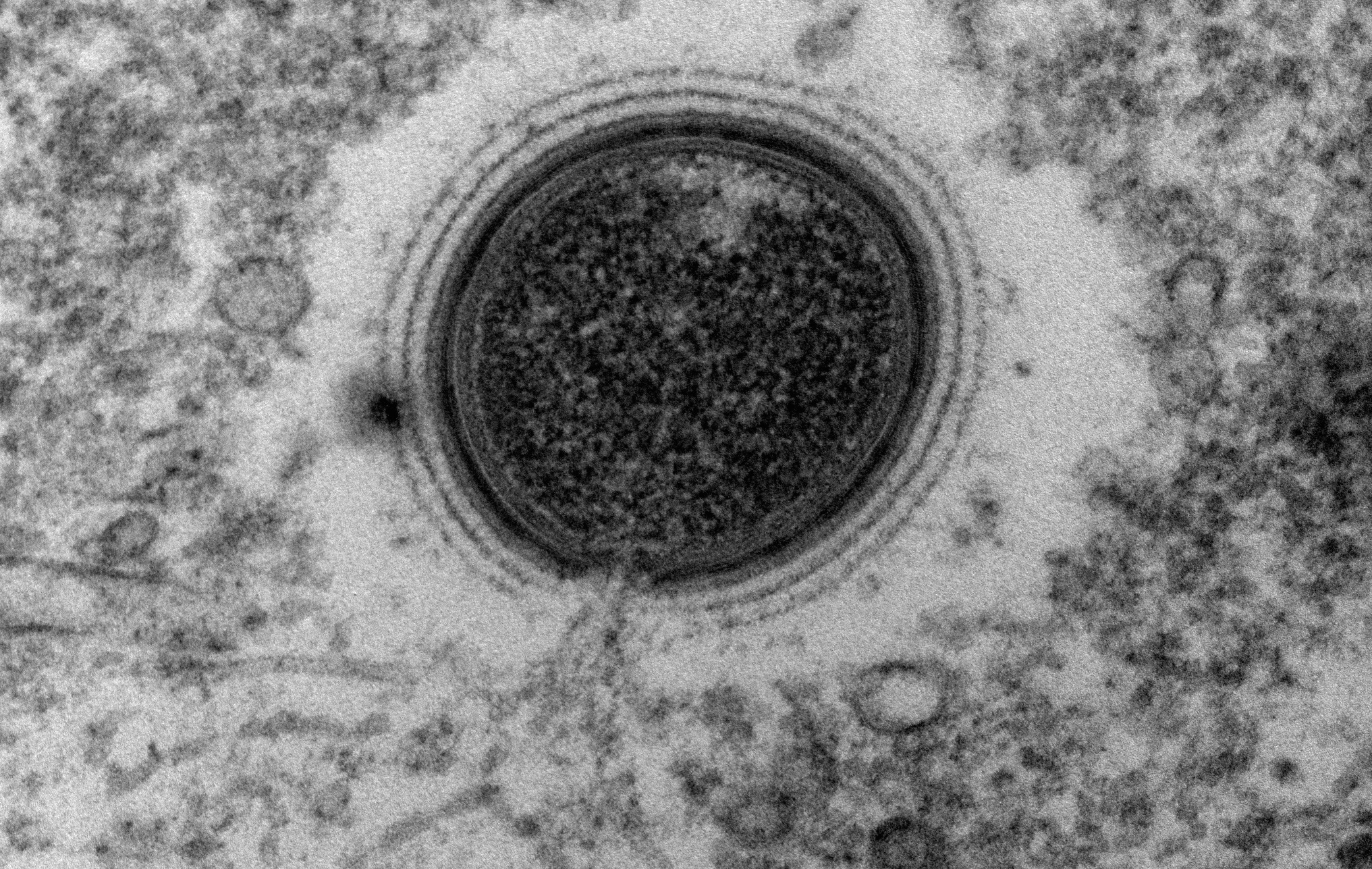
Climate change and human development may awake prehistoric viruses of a whole new breed, complexity and size.
When one decides to trek into the Arctic circle, there are plenty of hazards to consider. Polar bears, freezing temperatures, and hardcore snowstorms are all normal worries to consider, but the human thirst for natural resources, coupled with a warming climate, could introduce another concern—giant viruses.
OK. So they’re not quite Godzilla-sized beasts of prey, but these ancient viruses are relative monsters in the nano world, visible by way of a light microscope unlike most of their relatives, whom require much more magnification to spot; viruses generally being far smaller than bacteria and other microbes.
Researchers from France and Russia have been extensively testing a sample of Siberian permafrost, searching for these would-be titans. So far they’ve uncovered two new giant viruses dug from the frozen soil, the most recent of which was just described in the Proceedings of the National Academy of Sciences.
Called Mollivirus sibericum, the new parasite is yet to have a cute and cuddly common nickname like the flu, but Chantal Abergel, a co-author of the study from the Centre National de la Recherche Scientifique, Aix-Marseille Université, describes the species as the ultimate survivor.
‘The virus lay dormant for 30,000 years, but immediately became reanimated when thawed and exposed to their host — amoeba. The virus lures in amoeba by mimicking one of their favourite treats, bacteria, with a sugary spot on their bodies’ she says. Once they penetrate host, the viruses replicate on mass, making around 1,000 new copies before killing the amoeba they’re in and moving onto the next.
Abergel says the virus is contained in a safe system while they answer important questions, like whether it can infect mammalian cells. ‘Right now we don’t think it possesses any real human or wildlife threat, but we’re not amoeba, so our view’s biased.’

Photo strannik72 / Shutterstock
This is reassuring news, but Mollivirus is by no means the first, or last, giant virus Abergel and others expect to find. Abergel says their quest really began with the 2005 discovery of Mimivirus, huge compared to modern-day species but phylogenetically close, making it ideal for evolutionary studies. But the team had another important question. With Arctic development plans on the rise, and climate conditions altering at a rapid pace in the poles, what was the potential of these mega viruses awaking on their own? What about other pathogens and microbes in similar states of long-term isolation or dormancy worldwide?
‘Drilling and mining operations bring to the surface things frozen and undisturbed for thousands of years, if not longer,’ says Abergel. ‘We wanted to know more about where these viruses were globally in the both the soil and water column, and their role in the past.’
The team developed a new protocol to find the giant viruses, then set out using boats and dive teams, scouring the oceans for samples. In Chile and Australia they found a distant Mimivirus relative, both in the sediment and water column, even larger in size and genome than its predecessor. ‘This lead us back to the future,’ chuckles Abergel. The team headed north to hunt through frozen, ancient snapshots preserved in the permafrost.
Abergel says some giant viruses are probably pretty ubiquitous in the environment now, but that when human and environmental health is at stake, you need to tread lightly. She says contamination rooms to treat individuals exposed to possible pathogens would be a good precautionary step.
‘Our work is a warning,’ she says. ‘We need to assess the diversity of life living in these permafrost layers before we risk unleashing them.’
